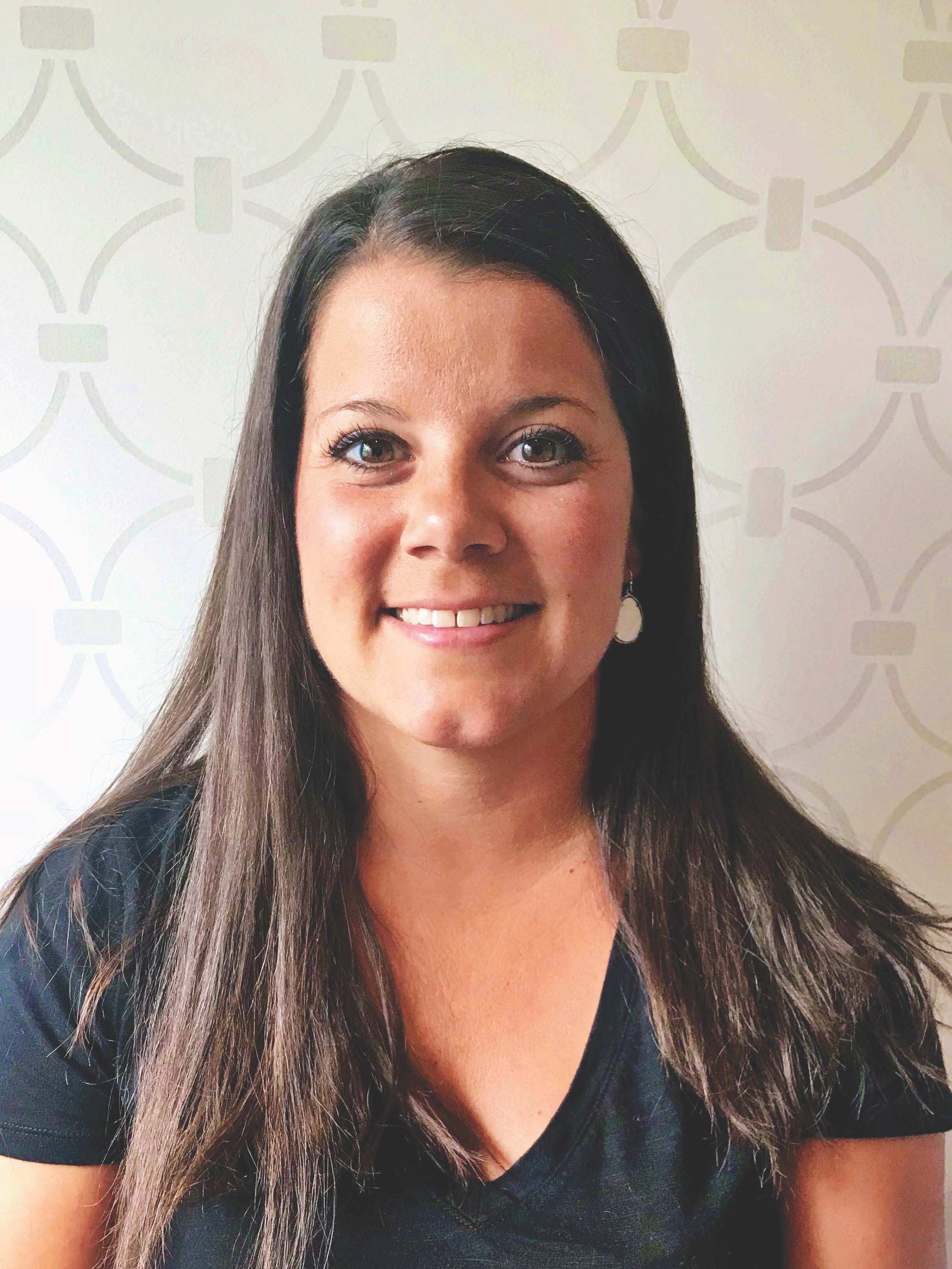1. What innovative practice did you incorporate into your classroom?
I adopted the use of open educational resources in my BIOL352 Nutritional Science course in order to make it cost-free. Previously we had been using a textbook that cost $289 (new) and an additional dietary tracking application that cost students an extra $50. The diet-tracking app allowed students to track their nutritional intake and complete associated analysis assignments. After collecting a lot of negative feedback from the students on the diet-tracking app, I decided to eliminate it. However, personal dietary analysis is an important part of the class, so I built an assignment in which students analyzed free diet-tracking apps available for their phones and then chose one they were comfortable with to use for the semester. I then built my own assignments for their analyses; so, in these ways we were able to eliminate the cost. Furthermore, as I was building my course content, I realized that we didn’t need a nutrition-specific textbook. Rather, if I pulled together open educational resources on the biology, chemistry, and physiological concepts we discussed in class, students would have the necessary foundational information they needed and our in-class discussions and case study exercises could facilitate their integration and application of knowledge.
2. When did you implement the new practice into your classroom?
When I applied to the Open Textbook Initiative, my intention was to implement the use of open educational resources (OER) in the fall 2019 semester. However, with the great help of Matthew Fox, Instructional Designer at MU, I was able to redesign the course and pilot my changes during the 4-week Summer I session of the class. So, the current fall semester is the first I am implementing OER in a 16-week format.
3. Did the students willingly accept the use of the new practice? What were the reactions of the students?
The students were thrilled to hear that there was no cost associated with the course. I had many students thank me for providing all of their reading materials on D2L and not asking them to purchase a textbook. I also had a number of students comment to me that they were relieved because they were worried about how they would pay for their books this semester while trying to pay their bills. In regard to the diet-tracking app, students enjoyed researching free apps and having the freedom to choose the one with which they were the most comfortable.
4. How has the use of the new practice positively affected the classroom learning environment?
I have implemented more case study scenarios into the course, so instead of following the structure of a textbook, I am able to present the foundational content and then we have the freedom to have deeper discussions on topics. In this way, the learning environment has been positively affected because we are spending more time applying knowledge and actively discussing topics as a class.
5. How has the use of the new practice affected student engagement in the classroom and the level of participation?
Because we are able to spend more time engaging with one another in discussion and working through case studies, students are more actively involved. They are talking to each other, sharing thoughts and opinions in class, and asking a lot of questions.
6. What challenges did you encounter when you were implementing the new practice?
It was a whirlwind to redesign the course in a short period of time in order to implement the changes and pilot them in the summer. One of the biggest challenges for me was becoming familiar with what was considered an “open resource” so that I was sure to be in compliance with all rules for any materials I was sharing with the class.
7. How did attending Camp IDEA or a CAE Professional Development session contribute to your learning and use of the innovative practice?
I can’t say enough about how much I learned at Camp IDEA and how it was really a springboard so many changes I’ve made in my courses, from an instructional standpoint as well as how I use D2L and other technology. During Camp IDEA was when I realized I could potentially transition my Nutritional Science course to use OER. So, when the Open Textbook Initiative launched, I knew I had to be a part of it. I could not have accomplished any of this without Matthew Fox. He was and continues to be an integral part of my ability to make course changes that have a positive impact on my students.
